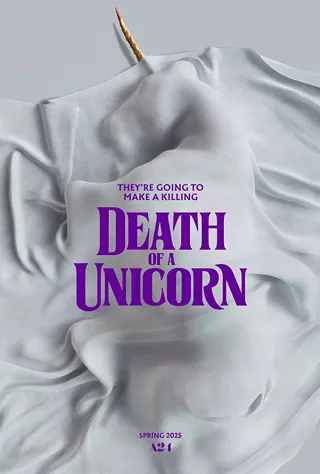It comes as no surprise that artist H.R. Giger, the creator of Ridley Scott’s terrifying xenomorph in Alien, had a human skull for a toy.
As revealed early in the fascinating documentary, Dark Star: H.R. Giger’s World, a young Giger had a human skull gifted to him as a child. Naturally, he tied a string to it and dragged it around in the streets while other little boys were pulling choo-choo trains and wagons. From an early age, Giger wanted to prove he wasn’t scared of death.
The movie isn’t a long introspective look at Giger’s Alien work, although his Oscar winning work is indeed touched upon. If you want detailed interviews about Giger’s participation in the sci-fi/horror classic, might I suggest the very thorough Alien Blu-ray box set in which Giger participated.
Instead, this film tries to show us how the Swiss Giger lived his life and the relationships and experiences that influenced his work. I think it succeeds.
Director Belinda Sallin takes the camera in and around Giger’s strangely and somewhat eerie house. The walls and furniture are adorned with Giger paintings and sculptures, oddly beautiful and chilling. Hallways and stairways twist and turn inside the abode like the serpentine flow of Giger’s unique artwork. The house itself is enshrouded in unkempt trees, and Giger’s self-designed railway ride in the backyard, full of Giger sculptures, is in a state of decay. It’s also very clear that H.R. doesn’t like to throw books away.
As well as being an interesting look at the inside of an artistic mind, the film stands as a sort of obituary for Giger, who died just weeks after filming. I got a true sense of a life well lived watching and listening to him. Yes, he was a bit gnarled up in his final days due to some health problems, but he remained amicable and still made his way to the opening of the H.R. Giger Museum (run by his second wife, Carmen Maria Scheifele Giger) and did his best to sign autographs. In one moving moment, a tattooed man breaks out in tears in the presence of his geek master.
Giger shares plenty about his upbringing, from the moment somebody put a human skull in his little hands, to the moment his supportive mother framed one of his drawings. The film spends some time on Swiss actress Li Tobler, whom he had a relationship with and often painted into his works. Those works went beyond simple portraits, and one of them has actually been used as art for this movie’s poster. Tobler committed suicide in 1975, something that still visibly affects Giger as he recalls their time together.
Each story from Giger or others interviewed for the film contributes to our overall impression of how and why Giger created the way that he did. One of Giger’s psychiatrist friends explains how a railway ride Giger designed represents passing through the birth canal, and the trauma involved. Indeed, if the birth canal is as traumatic as Mr. Giger depicted it on this amusement park attraction, it’s no wonder the human race is so screwed up.
For all of the great interviews and glimpses at the artist himself, Dark Star is at it’s best when the camera nestles on his art. Nobody had a mind or vision like Giger before him, although many have tried to copy him. He is, without a doubt, a true original.
Lesson to be learned from this film? If you think your kid has an artistic gift, and you want the child to be the next Giger, forego that Lego set for their birthday and get them a human skull.
Tuesday, June 16, The Loft will be showing Ridley Scott’s Alien, so patrons will have the chance to see both this documentary and Scott’s classic in one evening.












